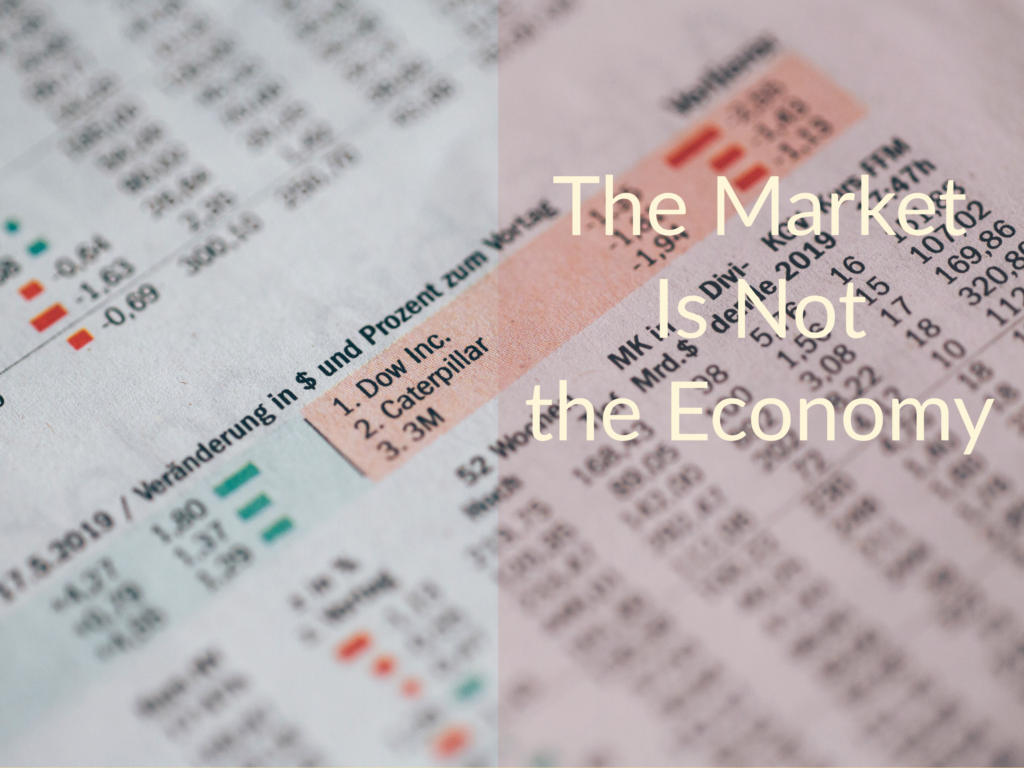How the stock market differs from and can perform differently than the economy while remaining highly dependent on the economy for its success.

Topics covered include:
- Why the stock markets in countries with lower economic growth performed better than the stock markets in countries with higher economic growth.
- How the top 5 stocks in the S&P 500 Index have the largest weighting in 30 years and what will it takes for these stocks to outperform the market.
- What are the largest contributors to U.S economic growth, most of which are not publicly traded.
- How the U.S. government and the Federal Reserve saved the stock market.
- How have stocks performed during economic recessions.
- Why it is risky for investors to be dependent on the financial prospects of the largest technology stocks.
Show Notes
The Alarming Rise of Algorithms as Heroes of the Stock Recovery by Sarah Ponczek—Bloomberg
Repeat After Me: The Markets Are Not the Economy by Matt Phillips—The New York Times
Is Economic Growth Good for Investors? by Jay R. Ritter
How To Spot Asset Bubbles and What To Do About Them–Money For the Rest of Us
Yes. It’s a Bubble. So What? by Rob Arnott, Shane Shepherd, Bradford Cornell—Research Affiliates
Pay attention to consumer and business behavior over next few weeks: El-Erian—CNBC
Learn More
226: How To Spot Asset Bubbles and What To Do About Them
310: Why the Stock Market and Economy Are Rebounding So Quickly
